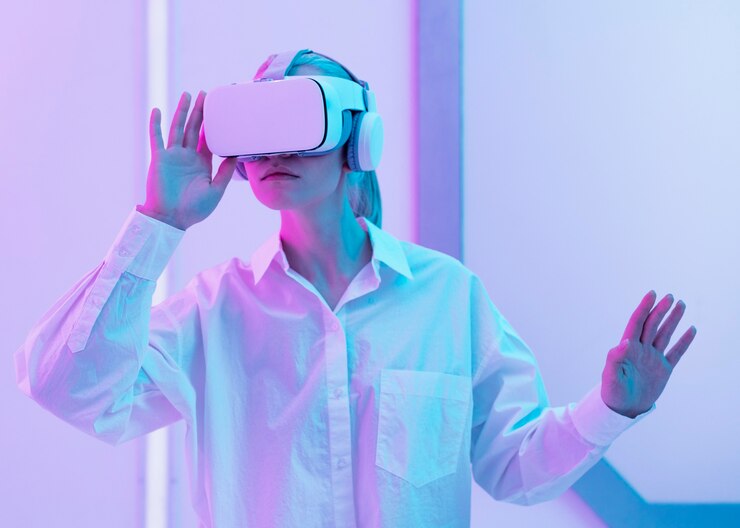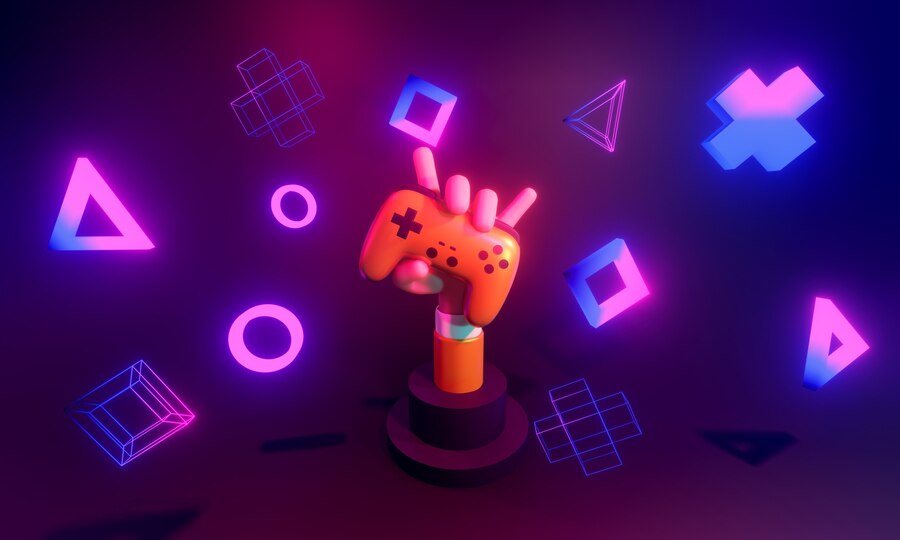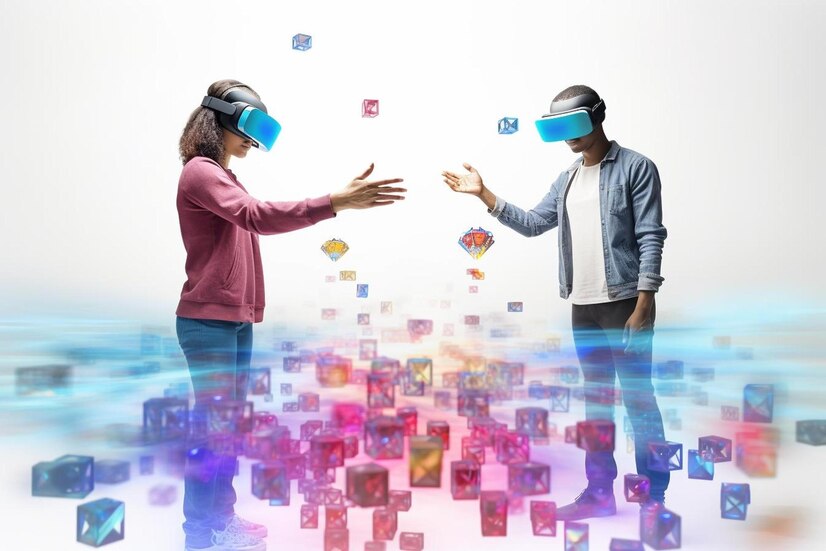The 15 Best PS5 Games Right Now
With the PlayStation 5 offering top-of-the-line gaming experiences, the number of games available continues to grow with mind-blowing graphics, immersive stories, and groundbreaking gameplay features. Whether you are an action-adventure aficionado of breakneck thrills, a role-playing pro, or a competitive multiplayer player, there is something on the PS5 for everyone. Below, we list the 15 best PS5 games available, each offering an unparalleled gaming experience. 1. God of War: Ragnarok As the very much awaited follow-up to God of War’s 2018 release, God of War: Ragnarok invites players back to the Norse mythology-based world of Kratos and Atreus. With refined combat, awe-inspiring visuals, and an interesting story that drives their father-son story forward, the game is anything but disappointing. While Android game development and iOS game development continued to push the boundaries of mobile gaming, console gaming titles such as God of War: Ragnarok created a gold standard for storytelling and depth of play. 2. Horizon Forbidden West Horizon Forbidden West builds upon the world revealed in Horizon Zero Dawn, following protagonist Aloy through expansive environments overrun by robotic beasts and ancient secrets. The game provides enhanced combat abilities, additional movement mechanics, and beautiful vistas that color the open world in full color. Next-gen console game creation has never been more sophisticated, and Horizon Forbidden West is a prime example of the best that the industry has to offer with its rich world-building and compulsive gameplay. 3. Elden Ring Elden Ring, developed by the folks at FromSoftware, combines Dark Souls-level difficult combat with a huge open world co-created with George R.R. Martin. There are diverse worlds to explore, fierce battles to engage in, and deep lore to uncover as one explores the Lands Between. As Android game development and iOS game development increase, Elden Ring is a great example of what rich world-building can bring to a game’s experience and set the standard even higher for RPGs on every platform. 4. Spider-Man: Miles Morales Spider-Man: Miles Morales offers a thrilling superhero experience, developed from Marvel’s Spider-Man. With its deeply emotional story, quick-paced action, and breathtaking scenery, the game allows players to become Miles Morales’ character as he patrols New York City. Creating a superhero game needs balance between the richness of narrative and freshness of gameplay, and Spider-Man: Miles Morales offers the balanced mix of both, creating an experience for gamers that cannot be matched. 5. Ratchet & Clank: Rift Apart Ratchet & Clank: Rift Apart takes full advantage of the PS5’s SSD, with seamless dimension-hopping action that never feels slow thanks to the lack of load times. Colorful worlds, thrilling combat, and a light-hearted narrative make the game appealing to both veteran gamers and newcomers. The technology of Android game making and iOS game making brought analogous fast-paced gameplay to mobile games, but Rift Apart shows us what hardware-specific hardware can accomplish to enhance games. 6. Demon’s Souls A complete reworking of the original 2009 game, Demon’s Souls brings new life to the classic action RPG with gorgeous visuals and refined mechanics and maintains the brutal difficulty that made the original so legendary. The somber world of the game and reflective combat established a new standard for remakes. As game design keeps on changing, Demon’s Souls is a perfect example of how games of the past can be remastered for the future without losing their essence. 7. Returnal Returnal is an odd blend of third-person shooter action and roguelike. The game is set with the protagonist Selene, a space explorer stuck in a loop on an alien world. The smooth combat, atmospheric setting, and psychological narrative make it a title to watch out for. As Android game development and iOS game development have opened up to more innovative mechanics, Returnal showcases the way procedurally generated storytelling and dynamic gameplay can heighten immersion. 8. Resident Evil Village Resident Evil Village carries on the horror tradition of the franchise, mixing survival horror with action to offer a suspenseful experience. The player explores creepy villages, battles frightening enemies, and discovers sinister secrets that contribute to the series’ lore. Resident Evil Village’s horror game development is all about balance between the terror and game mechanics, and Village does that exquisitely, giving us one of the scariest yet enjoyable PS5 experiences. 9. Final Fantasy VII Remake Intergrade Final Fantasy VII Remake Intergrade brings a superior edition of the popular RPG with superior graphics, added gameplay features, and additional episode on Yuffie. The game can bring the old back to life but retain its vintage roots. Android game development and iOS game development that innovate RPG gameplay make Final Fantasy VII Remake Intergrade a gold standard in engaging stories and polished gameplay. 10. Gran Turismo 7 Gran Turismo 7 has set the standard for racing games with their life-like simulation of cars, life-like graphics, and extensive choice of cars and circuits. Gran Turismo 7 provides fun for every kind of gamer from the casual users to the hardcore car sports players. Development of the race game genre has been extensive, and Gran Turismo 7 has next-generation quality physics and simulation and provides unmatched car driving action. 11. Deathloop Deathloop is a revolutionary first-person shooter that mixes time-loop mechanics with tactical assassination. The player takes on the role of Colt, an assassin stuck in a loop, attempting to escape by assassinating eight targets before the day loops once more. Though more creative narrative approaches are being driven by game development, Deathloop introduces a new way of player-driven stories with unlimited replayability and creativity. 12. Ghost of Tsushima: Director’s Cut Ghost of Tsushima: Director’s Cut offers a fresh take on the critically acclaimed samurai game, including the Iki Island DLC, improved graphics, and new gameplay features. Open-world action games continue to break boundaries in terms of realism and interactivity, and Ghost of Tsushima is the most cinematic and masterful expression of storytelling and combat. 13. The Last of Us Part I A total re-creation of the original classic, The Last of Us Part I provides premium-grade










